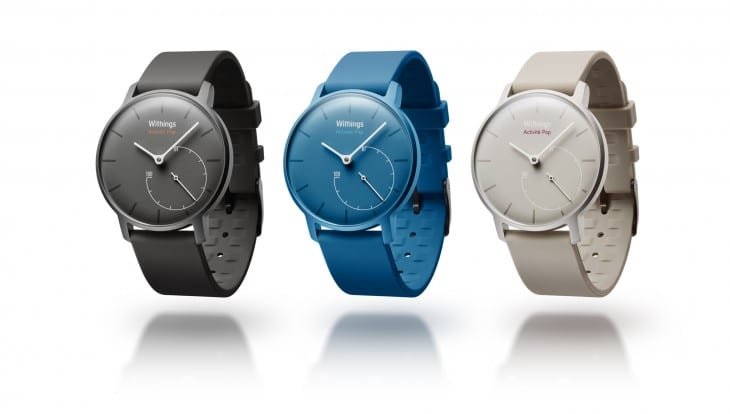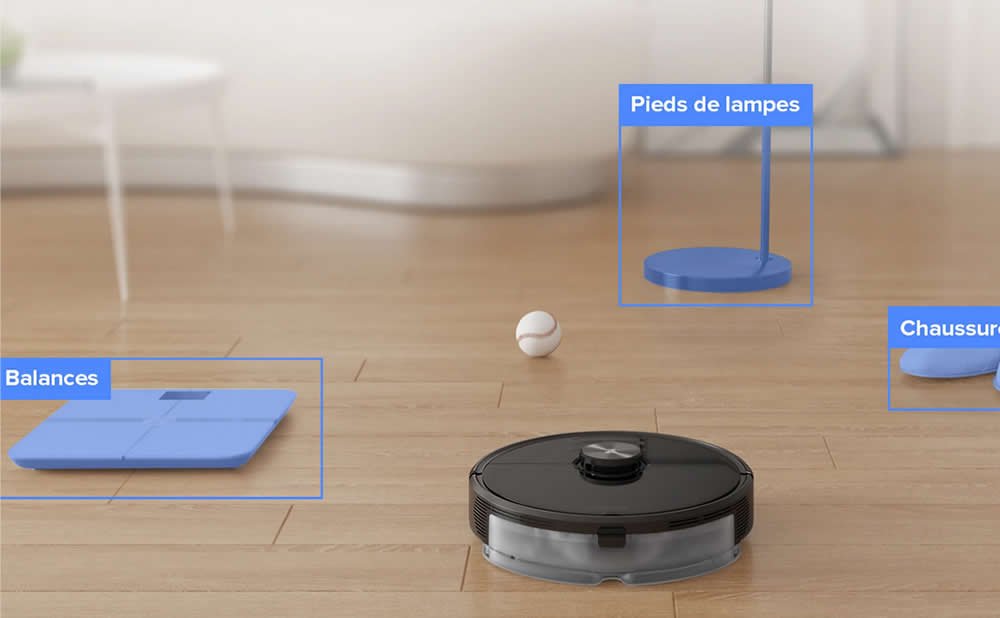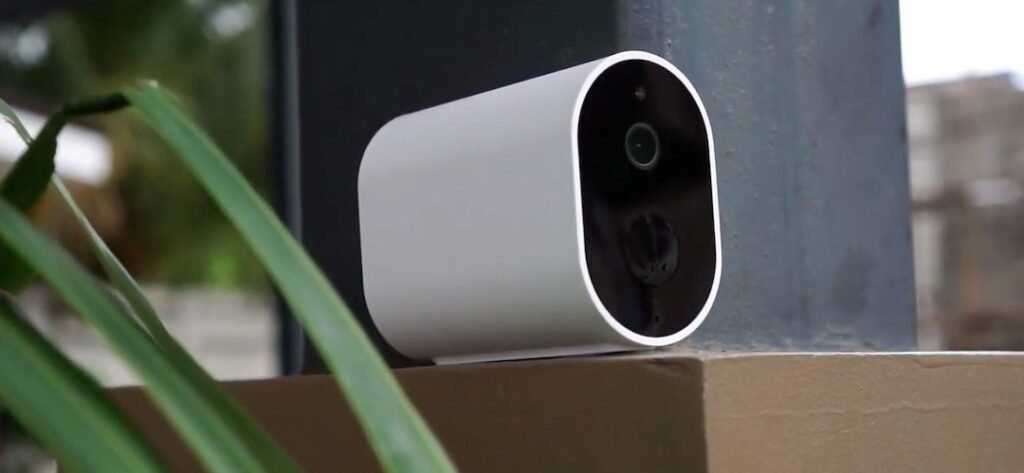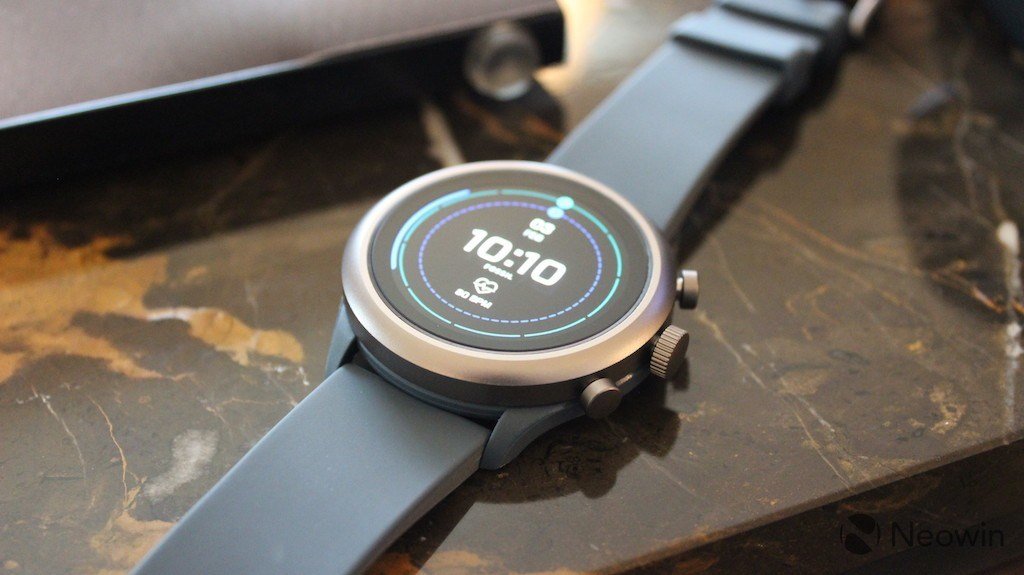The Charge series is one of the company’s best-selling fitness trackers, according to Fitbit. It is therefore not surprising that Fitbit is relaunching Charge 3. To say it straight away: The differences to Charge 2 (Review report) are not that big, but the design and the software were refined.
Scope of delivery, design, furnishings
Compared to its predecessor, Fitbit made only minor changes externally. The side button, which stood out clearly on the Charge 2, is integrated into the housing. The pulse sensor is also less bulky. What remains are the dimensions. With 3.5 × 2.5 × 1 cm, the Charge 3 is significantly larger than the Alta HR (Review report). It almost reaches the size of a small watch. The square, black front, in which the screen with its 1.5 × 2.2 cm dimensions is embedded in the middle, dominates optically. Fitbit cleverly uses white and grayscale on a black background. It is not easy to notice that the display is actually significantly smaller than the tracker.
There are optical gadgets on the side rails. Depending on the version, they are made of aluminum, graphite or rose gold. We have the graphite version that comes with a black silicone strap. With this, the already known quick release also made it into the new edition of the batch. The bracelet can be quickly exchanged for another with a push button. For example, you can use the silicone strap for sports and then switch to one made of fabric or “Horween leather”. Fitbit includes both the long and the short bracelet, so that you no longer have to differentiate between an S and an L version.
After the first start, nothing works without logging into the associated smartphone app. Setup via the app runs without problems, but an account with Fitbit is required. In addition, the data is transmitted anonymously to the manufacturer, who evaluates it and uses it, among other things, for the analysis. Fitbit informs on this pagewhat they do with the information. If you don’t want that, you can take a look at the Samsung Gear Fit 2 Pro (review). It offers the basic functions without an account. The Suunto 3 Fitness (Review report) is even better, the sports watch can be used completely without an app.
The operating concept is divided between the touchscreen and the side button. A short press on the side button turns the tracker on or off – but it should normally react to the wrist being lifted. A long press shows the settings for the messages and the lighting. If the tracker is active, a swipe from bottom to top shows the overview of the current data. Here you can see the steps taken, the current pulse and similar information. A swipe gesture from left to right shows the different installed apps. These include the training app, the alarm clock, the timer or the weather forecast.
The display is easy to read, the strong contrast between black, white and gray shows the information reasonably visible.
App
Fitbit provides an app for all of its devices. This has the great advantage that all functions are available for all products. As with the other Fitbit devices (overview), we really like the app in the Review. It is minimalistic without giving up information. A highlight here is the evaluation of sleep, few other manufacturers show this so clearly.
Various functions can be set up on the tracker via the app. For example, you can download new designs for the watch faces, switch apps off or on, or set an alarm clock.

The Fitbit Charge 3 app is pleasantly minimalistic and clear.
activity
The Charge 3 accomplishes the standard task, the daily measurement of one’s own activity, with flying colors. Anything else, honestly, would be disappointing. During the day, the Fitbit tracker creates a nice overview of your own movement. As with the Alta HR or the Fitbit Versa sports watch (Review report), we get a decent trend over several days in terms of steps, pulse and sleep. Then there are the activity minutes, i.e. areas in which we are more active. If desired, the Fitbit tracker reminds the user to exercise regularly or reports when only a few steps are missing from the hourly goal. Unfortunately, there is again no possibility to enter directly on the tracker when drinking something. Too bad, because it can be done via the app.
training
In training, the Charge 3 provides the pulse and movement data, any GPS coordinates are collected from the smartphone and put together in the app. This works well in the Review. The tracker provides 15 different detections for sports, six of which can be stored on the device for quick access. For this purpose, Charge 3 should automatically recognize whether and which training you are performing.
According to Fitbit, the tracker is “water-repellent up to 50 meters”. Fitbit does not state exactly what it is holding, there is no IP certification. In the Review, we were able to swim and shower with the Charge 3, so it should be enough for the quiet lanes in the swimming pool and lake. We do not recommend wearing the tracker while scuba diving or fast water sports like water skiing. This can result in a higher pressure and the device can break. The pulse measurement is deactivated in the water, there is no difference to other devices. Too bad that you can not use external heart rate belts, here the Garmin trackers, such as the Vivosport (Review report), are ahead.
sleep

Fitbit maintains its high standard of sleep monitoring. The Charge 3 is so light that it can also be worn at night without disturbance. The processing in the app is again very good. You can see at a glance when you were in which sleep phase. The data is of course not as accurate as in a professional sleep laboratory. But over a longer period of time, trends can be identified so well with which you can track down bad sleep.
The integrated alarm clock vibrates at the specified time. Again, Charge 3 does not offer a smart alarm clock that evaluates the sleep phases and wakes the user when he is already waking up. In the Review, the alarm clock feels much stronger than that of the Fitbit Versa.
payment
In addition to the normal version, Fitbit also delivers a (more expensive) Special Edition of Charge 3. The big difference is the integrated NFC module with Fitbit Pay. To use the function, you must have an account with one of the supporting banks or with the payment system boon from Wirecard. More information about it Fitbit provides on this page.
notification
There are few surprises here either. The Fitbit Charge 3 integrates into the smartphone’s operating system. It is exciting that, at least on Android, you can specify exactly which app is used when. The information appears on the display as a short text. Emails show the sender, for example, and can be scrolled through the first few sentences.
We noticed a strange behavior in the Review: If the smartphone is set to “Do not disturb”, no messages are sent to the fitness tracker. A notice appears in the app that “flight mode” is activated and therefore no data is being transferred. But this is wrong and causes some confusion. So if you have this error in your Fitbit device, it is sufficient to deactivate the “Do not disturb” function again.
Battery life
The tracker’s battery life is decent. In normal use, i.e. with activated pulse measurement, regular data synchronization and sleep monitoring, it lasts for almost six days. It is charged quickly, and the enclosed charging clip with USB-A connection recharges it in just under 90 minutes.
Best Price
Conclusion
The Charge 3 does not reinvent the fitness tracker genre. Fitbit delivers a solid product in a well-known design that combines the strengths of its predecessors with the very good app. There are no big surprises, apart from the payment function of the Special Edition it is Business as Usual. This is not a bad thing, because the Charge 3 is an easy-to-use device with which the operation and the range of functions are right. The long battery life of the Charge 3 comes at the cost of a color display and an integrated GPS module – so you should always have a smartphone with you for training. The next update may bring some new features.
The tracker is for everyone who doesn’t want to worry too much and attach importance to a neat, clear and well-translated app. If you are looking for something narrower, you should consider the Fitbit Alta HR (Review report). If you don’t care about app design and translation, you can choose the significantly cheaper Xiaomi Mi Band 3 or the Huawei Band 2 Pro .
We present further fitness trackers in the article “Comparison Review: Six fitness trackers with pulse measurement”.




















